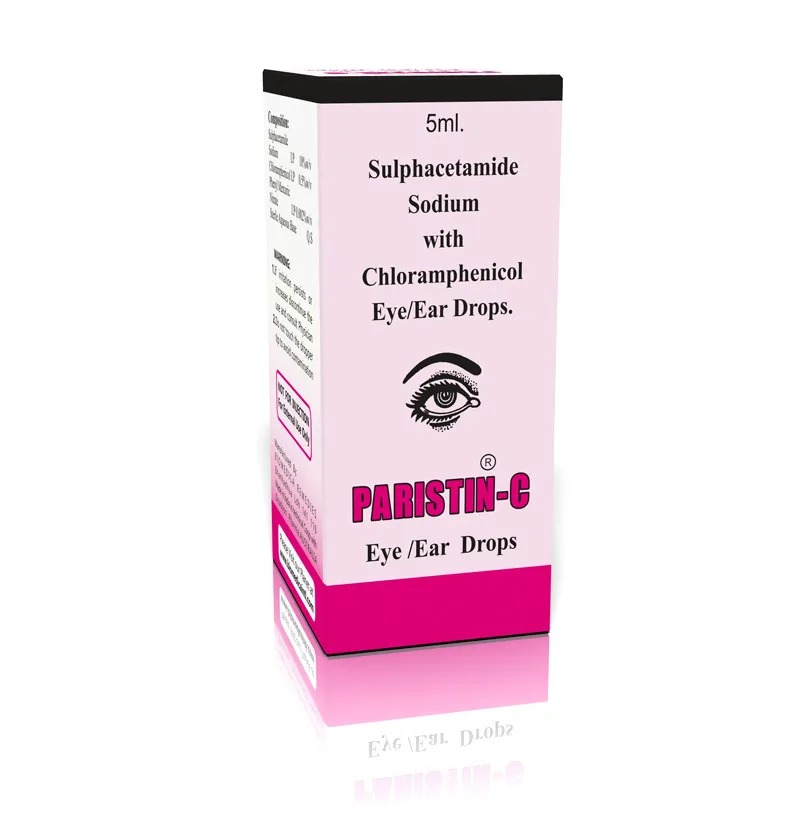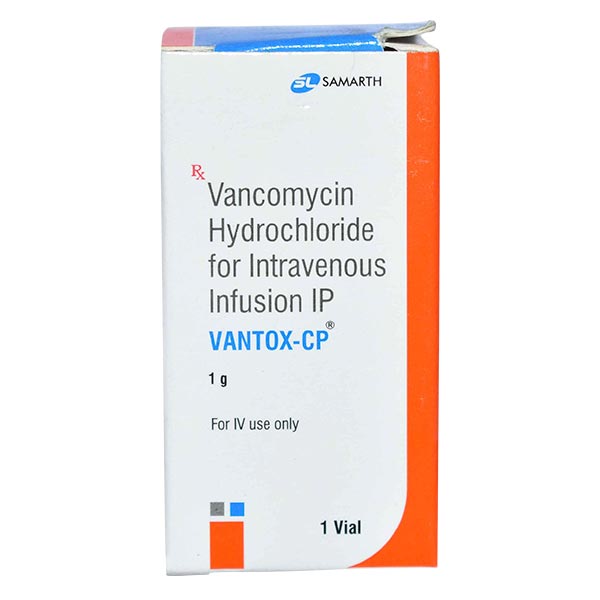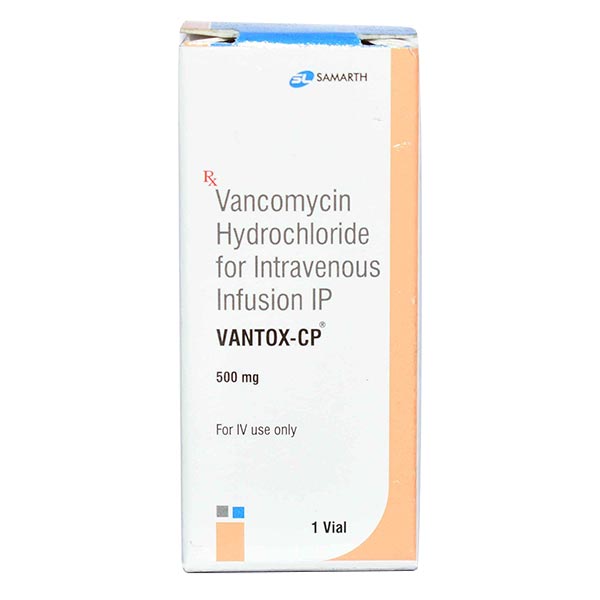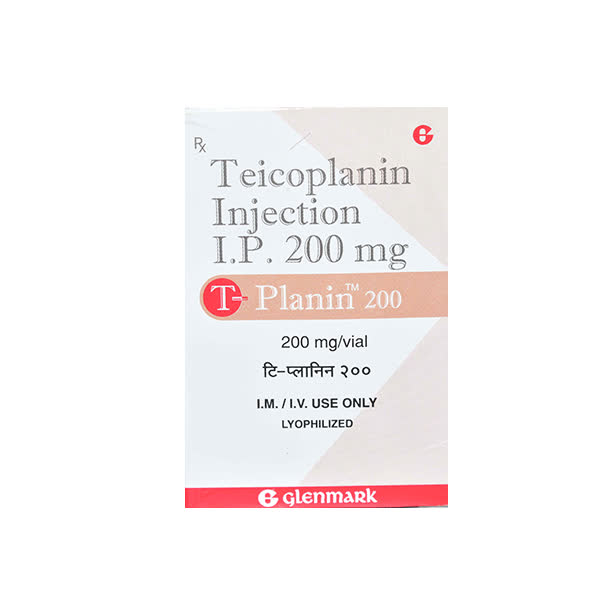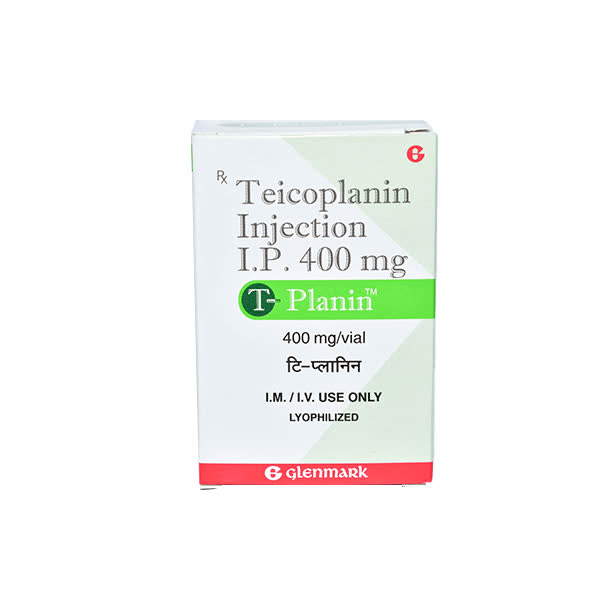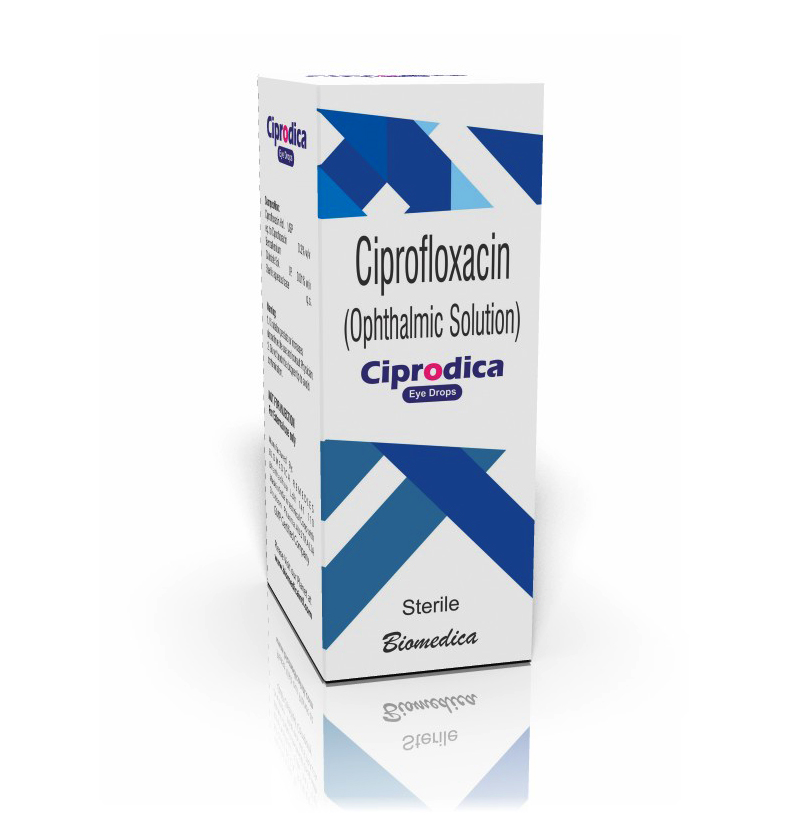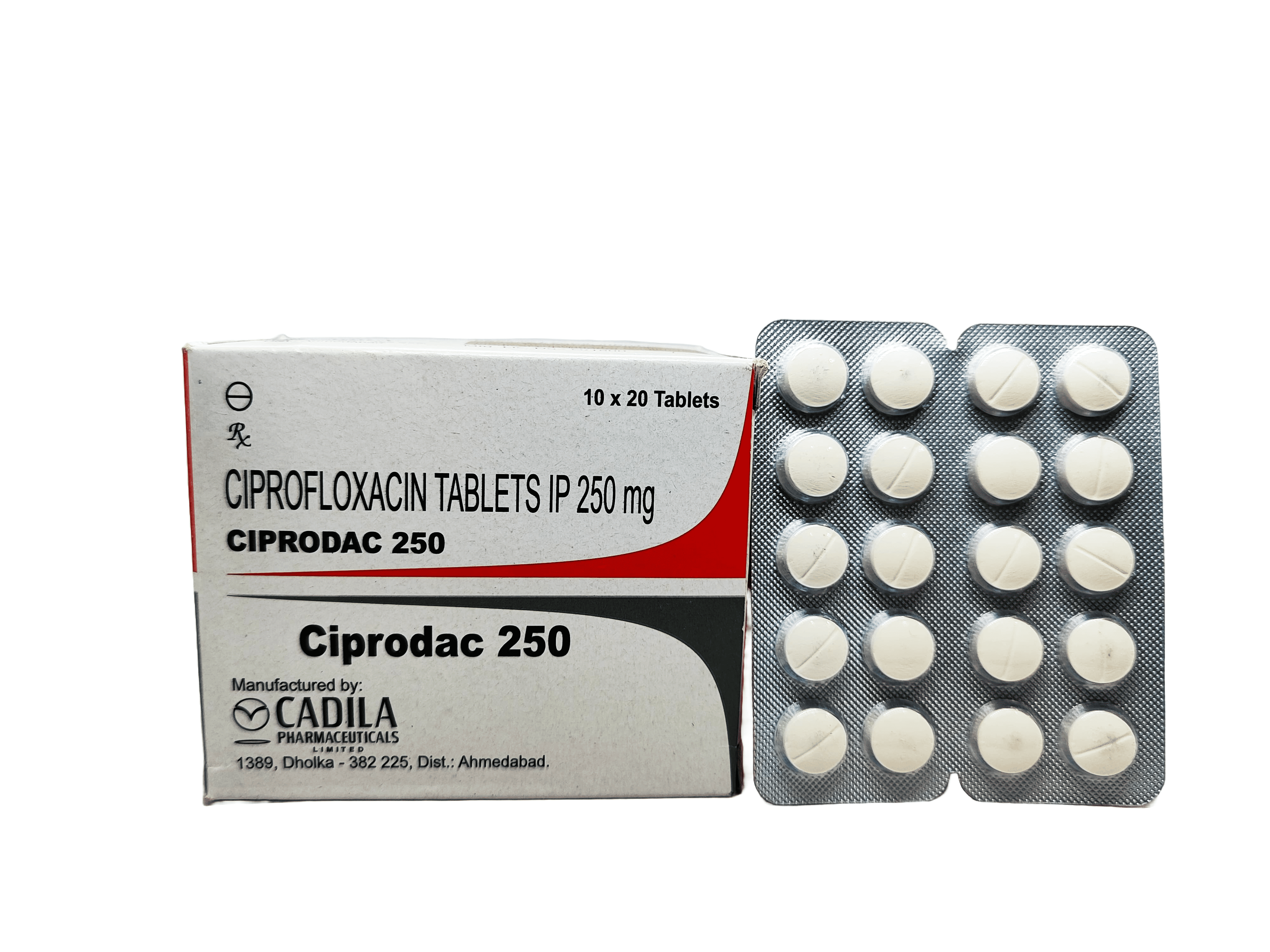Antibiotic Medicine
Vantox-CP 500mg Injection is an antibiotic used in the treatment of severe bacterial infections in hospitalized patients. It is effective against infections of the respiratory tract (e.g. pneumonia), urinary tract, skin and soft tissues, bones and joints, heart, blood, and others.
Vantox-CP 500mg Injection is also used for the prevention of infection in some high-risk patients undergoing surgical procedures. It works by stopping the growth of bacteria and is useful for treating adults as well as children. It is a narrow-spectrum antibiotic that only covers the gram-positive type of bacteria. This medicine is administered slowly by a drip (infusion) into a vein, under the supervision of a healthcare professional. A rapid infusion can lead to reactions such as low blood pressure, wheezing, shortness of breath, or itching. It may also be combined with other antibiotics to treat additional types of bacteria.
Some people may develop local injection site reactions like pain, swelling, and redness. However, these are usually minor and temporary. Other side effects like wheezing, kidney (renal) injury, shortness of breath, flushing (sense of warmth in the face, ears, neck, and trunk) and decreased blood pressure may be seen occasionally.
Inform your doctor if you have a history of an allergic reaction to this medication in the past. Your doctor may regularly monitor your kidney function and your hearing while you are taking this medicine. Some people may be advised blood tests to check the level of this medicine in their blood. Consult your doctor if you are pregnant or breastfeeding before taking this medicine.
Send Message

